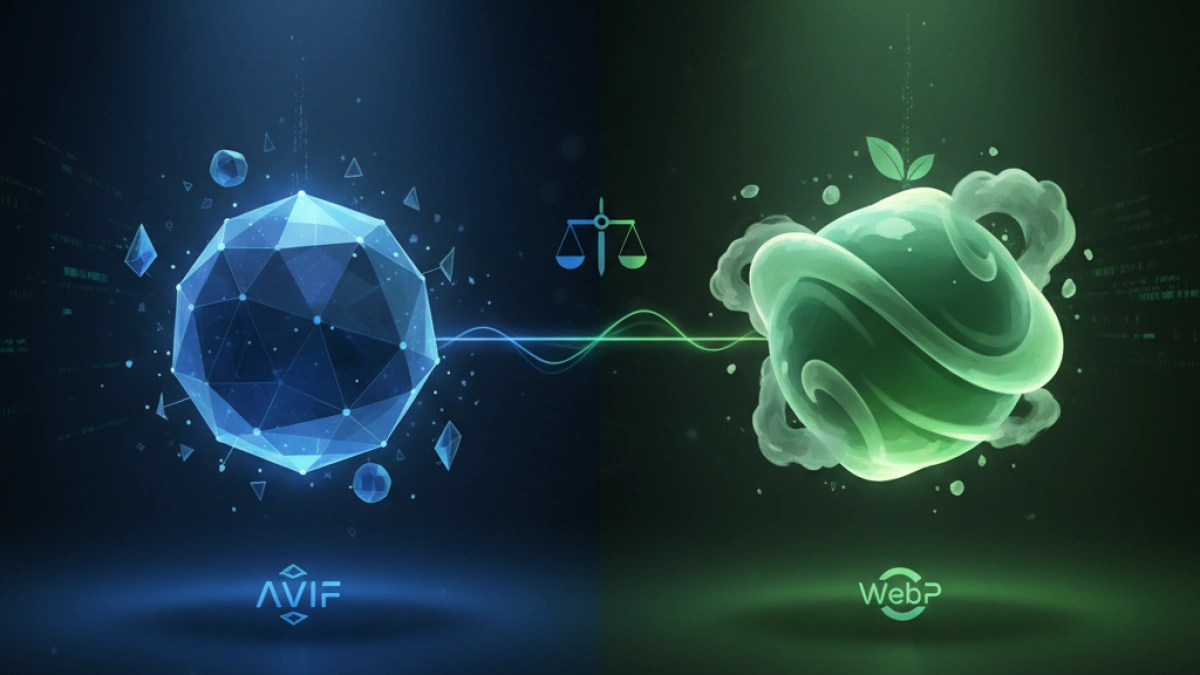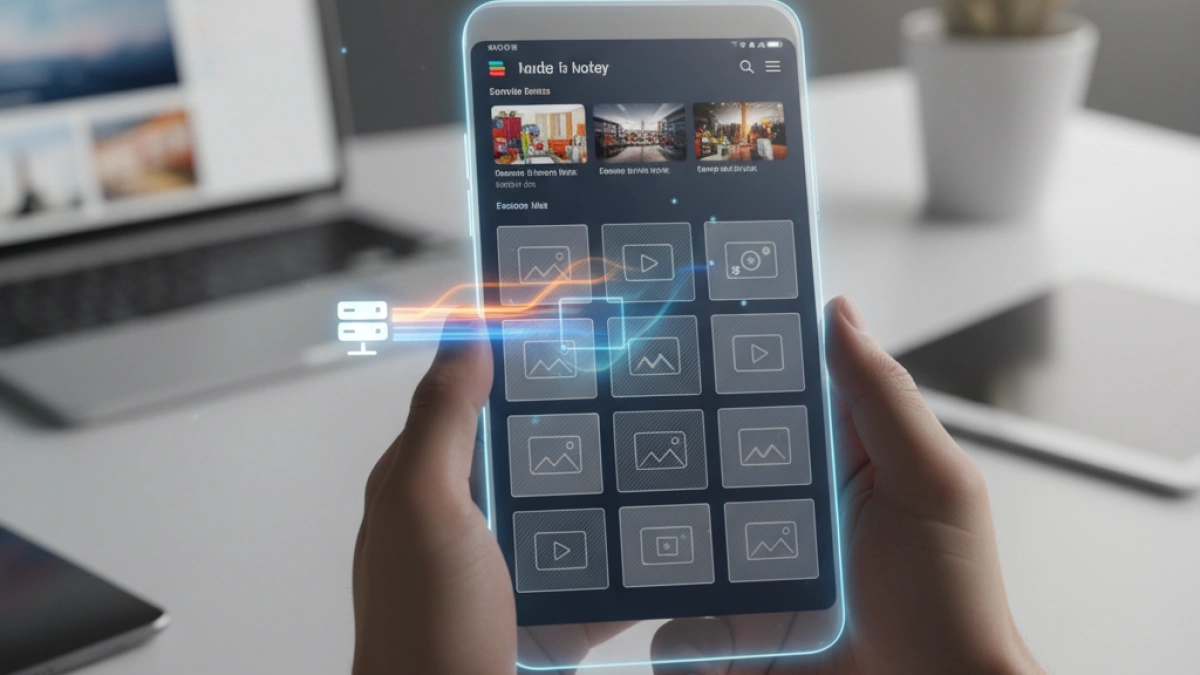AVIF vs WebP: Which image format to choose?


In a digital environment where speed and quality are crucial, choosing the right image format can make a difference in a website's performance. Two of the most popular formats today are AVIF and WebP, each with its own advantages and disadvantages. Below, we explore the main differences between these formats to help you make an informed decision.
What is AVIF?
AVIF, which stands for AV1 Image File Format, is an image format based on the AV1 compression codec. This format has been designed to provide high image quality with a reduced file size. AVIF can handle both static images and animated sequences, making it versatile for different types of visual content. Additionally, it allows for both lossless and lossy compression, meaning you can adjust the image quality according to your needs.
What is WebP?
WebP is another image format developed by Google, known for its ability to reduce file sizes while maintaining visual quality comparable to other more common formats such as JPEG and PNG. WebP also supports both lossy and lossless compression, and can be used for both static and animated images. One of its main advantages is that by reducing file sizes, WebP contributes to faster page loading times.
Image Quality Comparison
AVIF
In terms of image quality, AVIF excels by offering better lossless compression compared to traditional formats. AVIF images can achieve JPEG-like quality at much smaller file sizes, which is a significant advantage when it comes to optimizing website loading speed.
Read also
WebP
On the other hand, WebP also provides excellent image quality, but it may not be as efficient as AVIF in certain situations. However, it is important to mention that WebP has wider adoption in most web browsers, meaning that many users can access images in this format without compatibility issues.
Compatibility
AVIF
One of the disadvantages of AVIF is its compatibility. Although it is being adopted by several browsers, it does not have the same coverage as WebP. This can be a drawback if your audience uses browsers that do not yet support this format.
WebP
WebP, on the other hand, is compatible with most modern browsers, including Google Chrome, Firefox, Microsoft Edge, and Opera. This makes it a safer choice if you're looking for a format that works seamlessly across most platforms.
Read also
Loading Speed
Loading speed is a crucial factor for any website. AVIF, with its ability to significantly reduce file sizes without sacrificing quality, tends to offer faster loading times, especially for high-resolution images. WebP also has advantages in terms of efficient compression, although it may not always reach the same figures as AVIF.
Which Format to Choose?
The choice between AVIF and WebP will depend on your specific needs. If you are looking for the best image quality and don’t mind risking compatibility, AVIF may be the ideal option. However, if you have a broad audience that may use different browsers, WebP is a safer bet. Evaluating the types of images you need to display, as well as your target audience, will help you make the best decision.
In summary, both AVIF and WebP have their strengths and limitations. Your choice should be based on the desired image quality, browser compatibility, and the importance of loading speed for your website.
I invite you to continue exploring more news and relevant information on my blog, where you will find articles on technology and web design that will help enhance your knowledge.



















